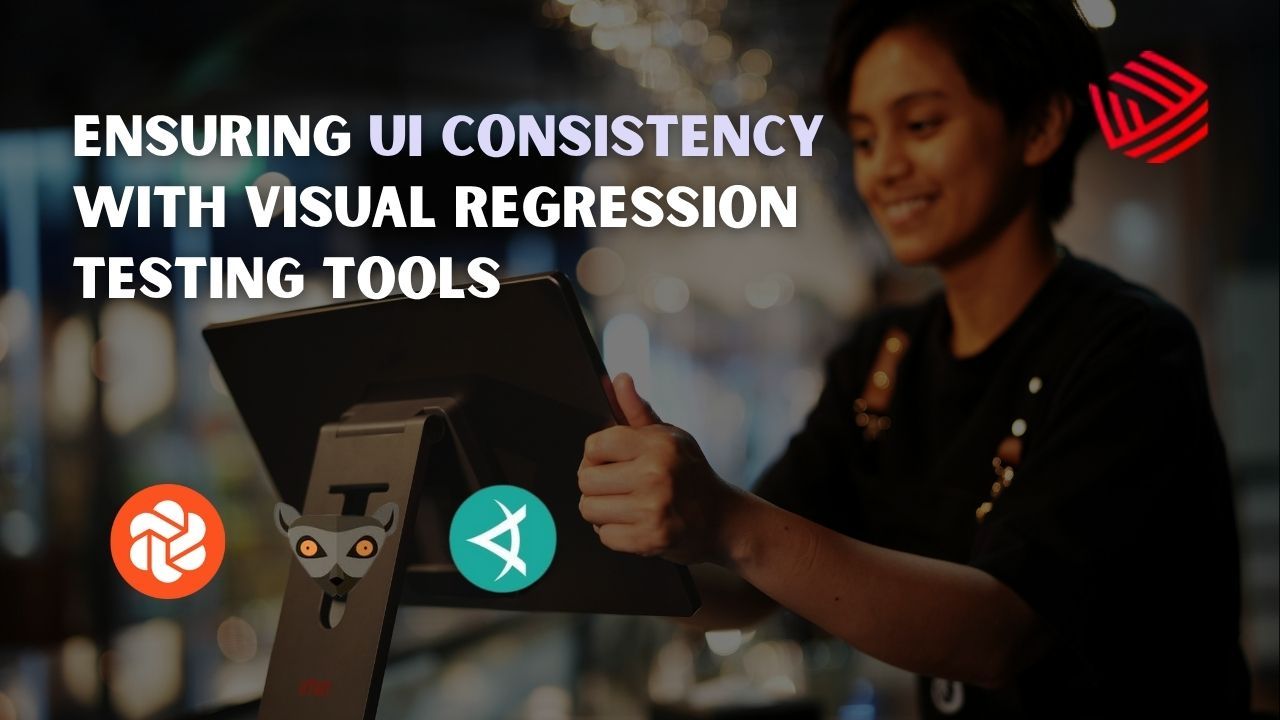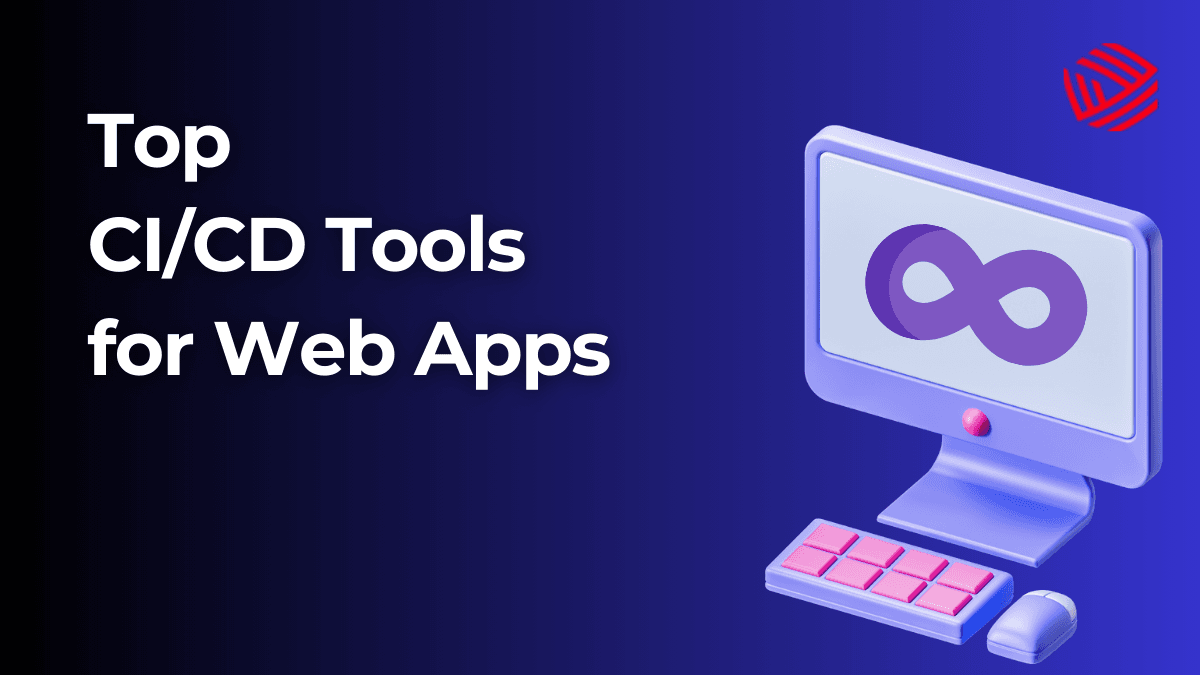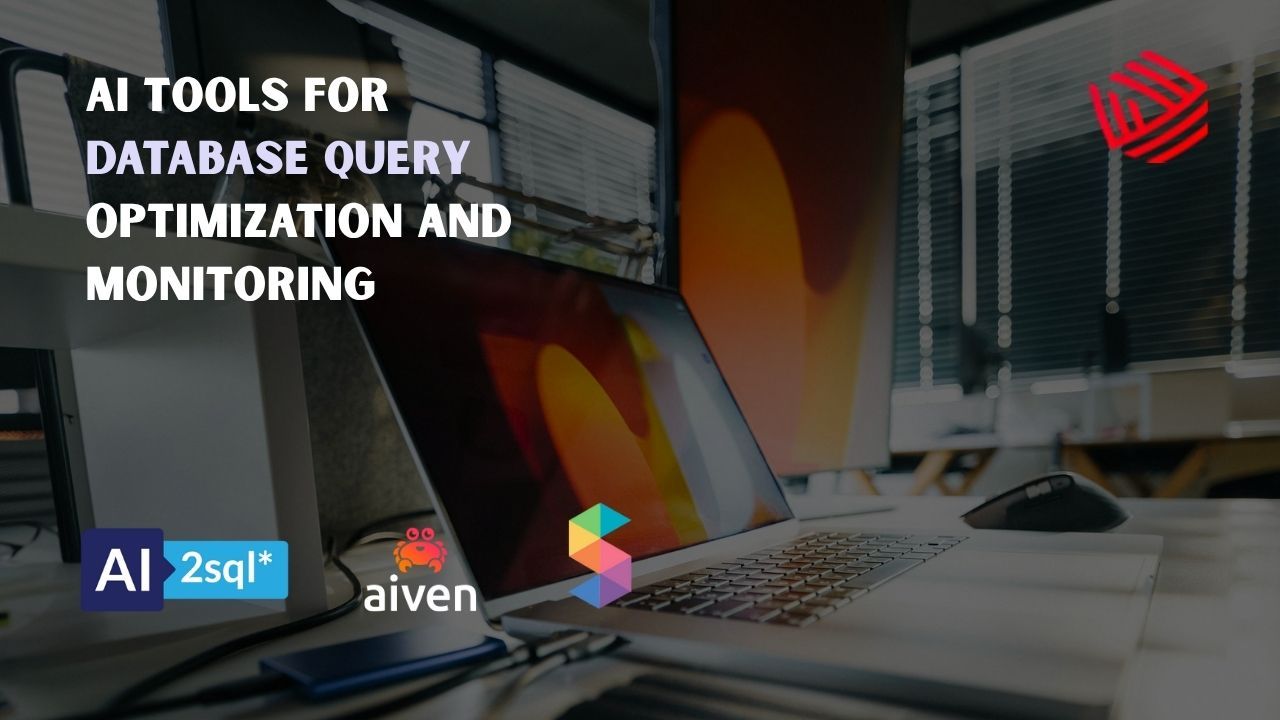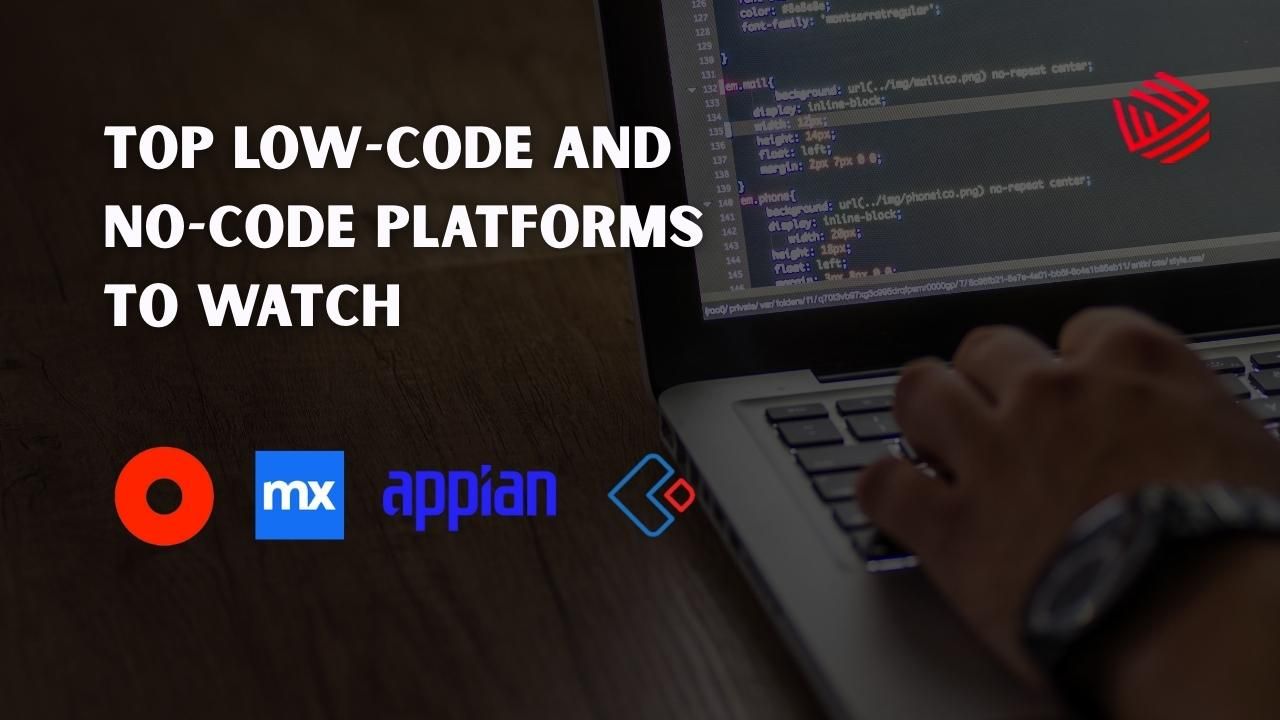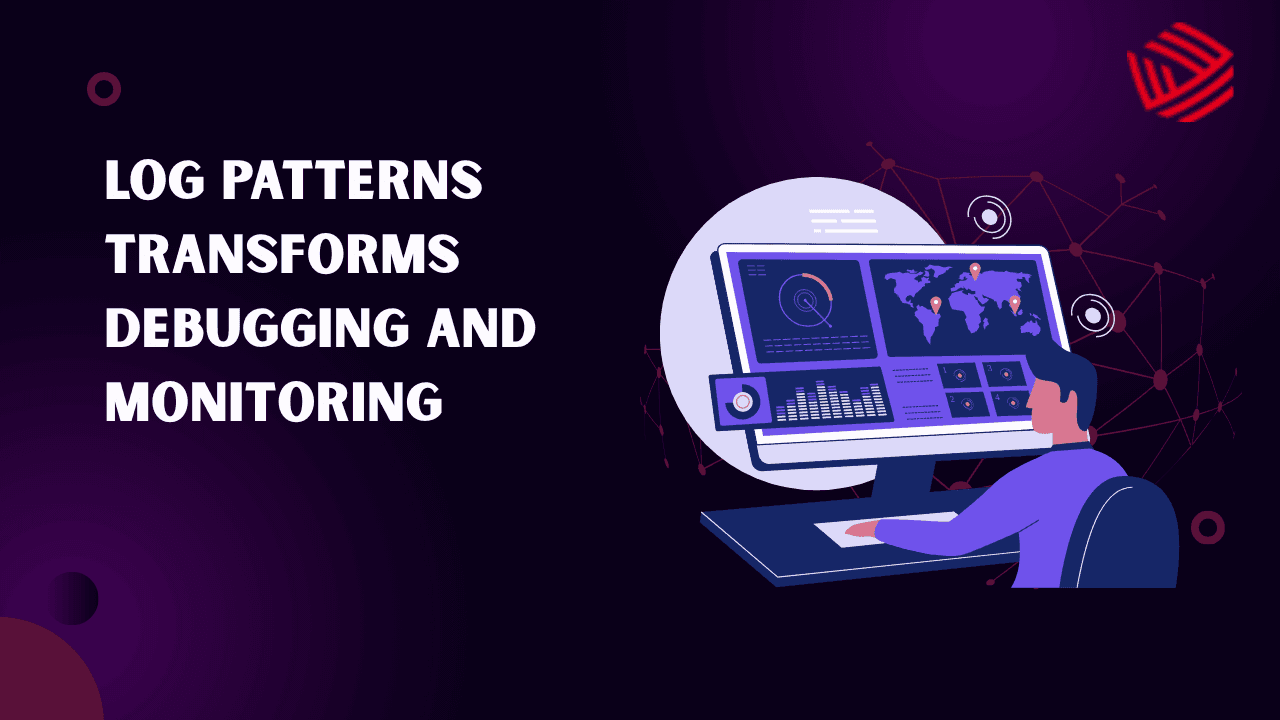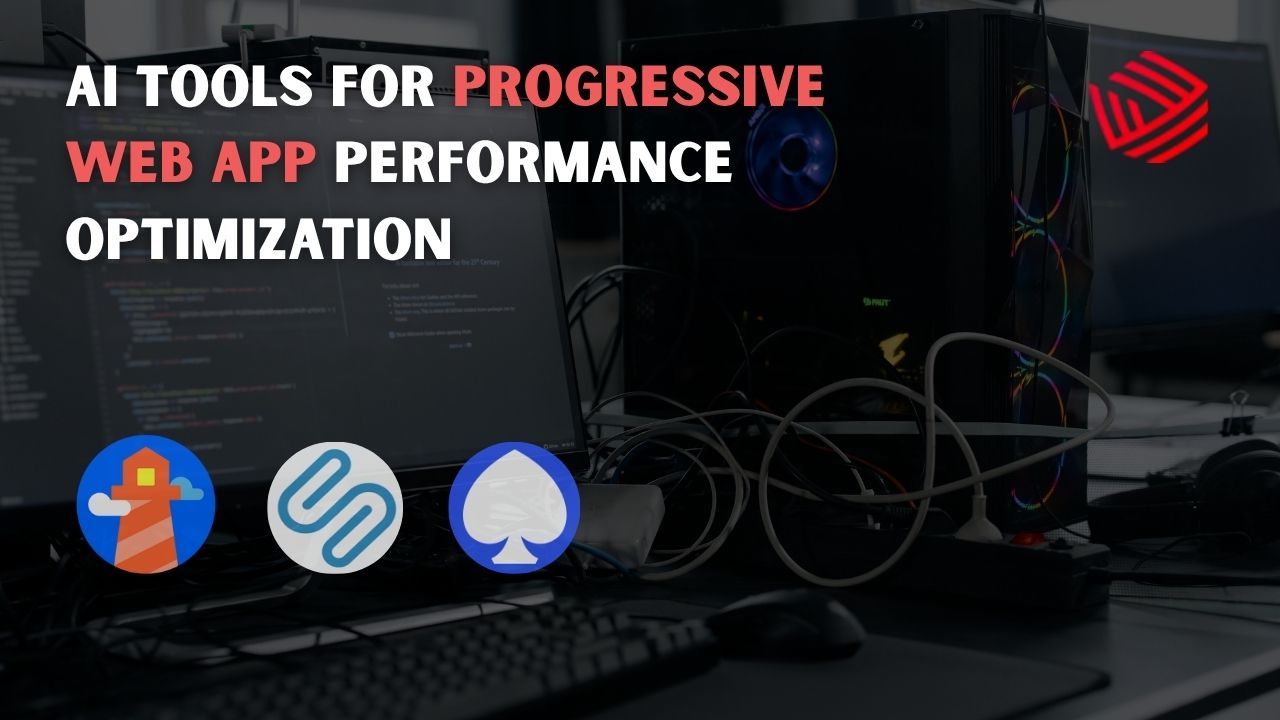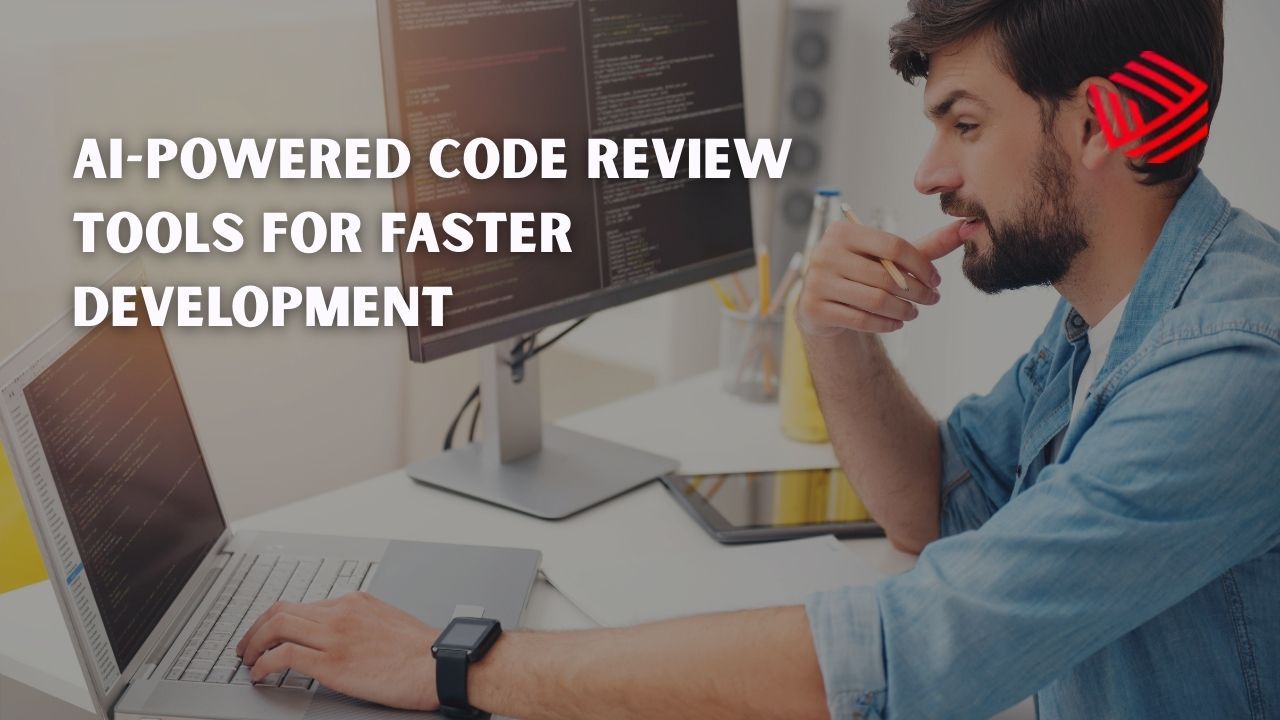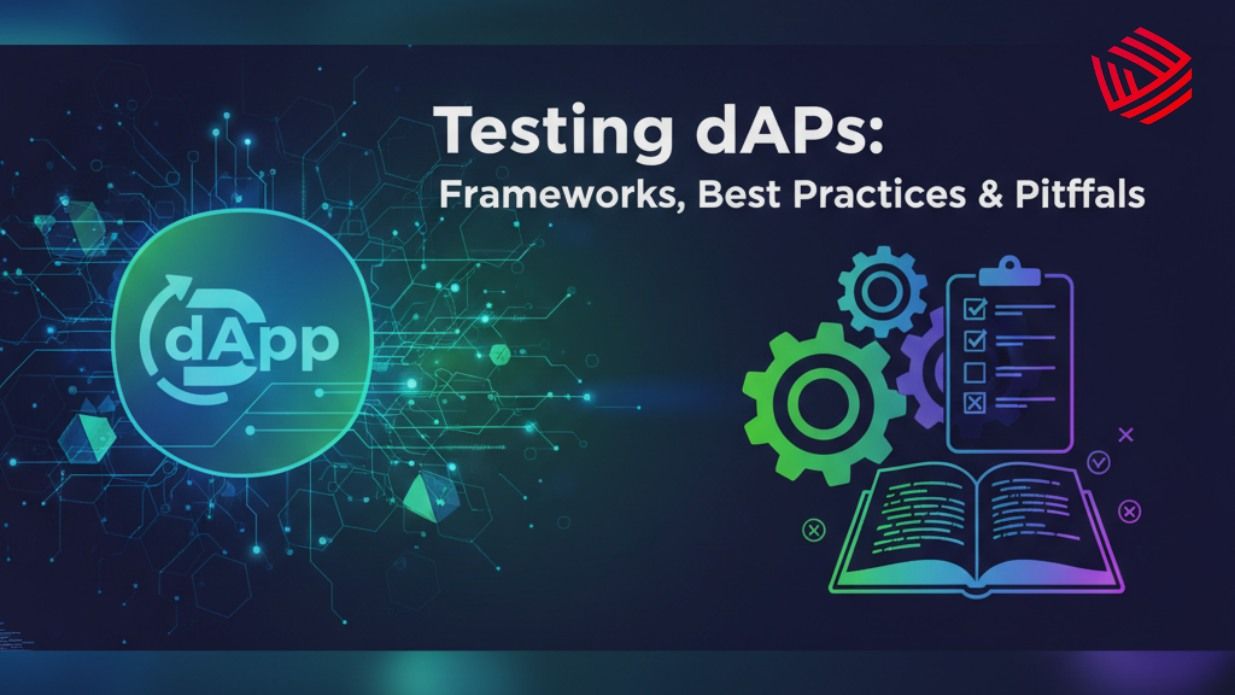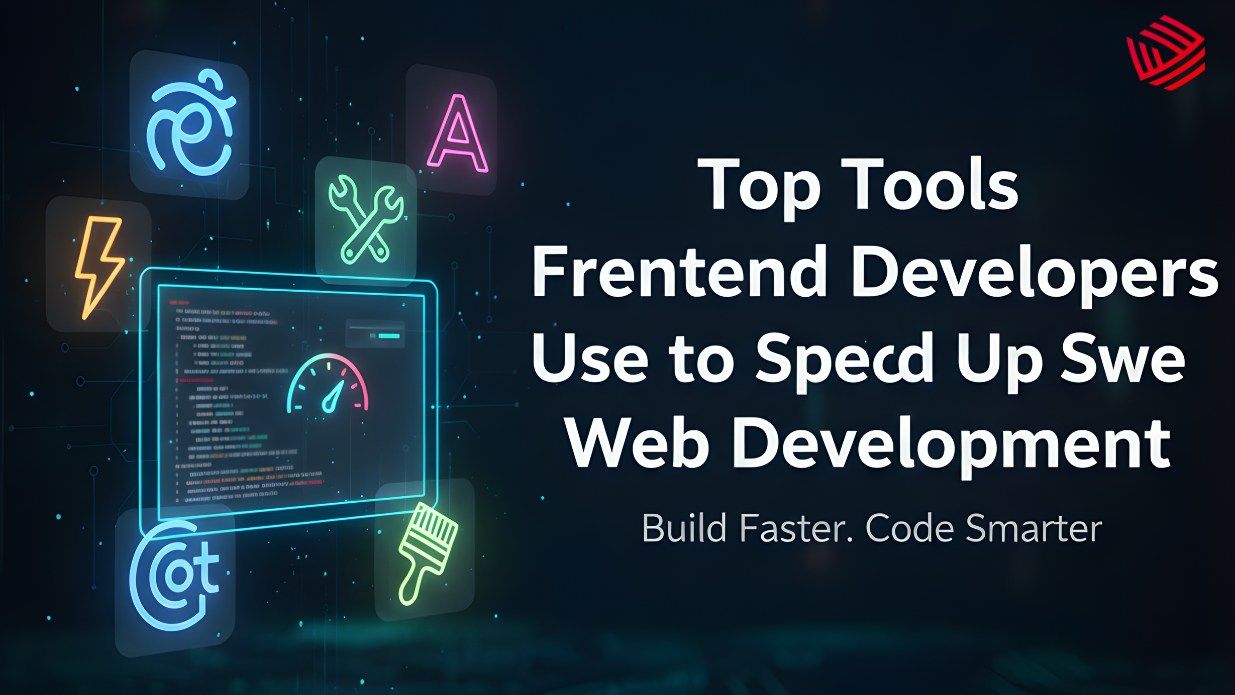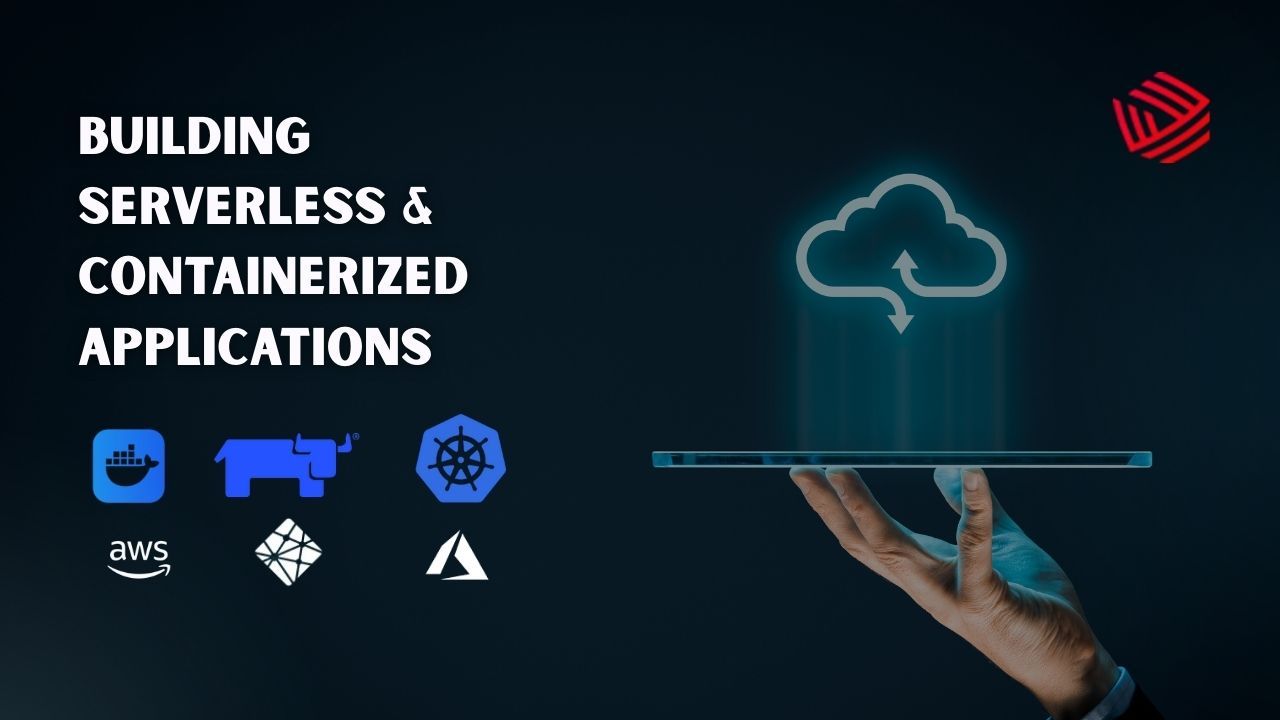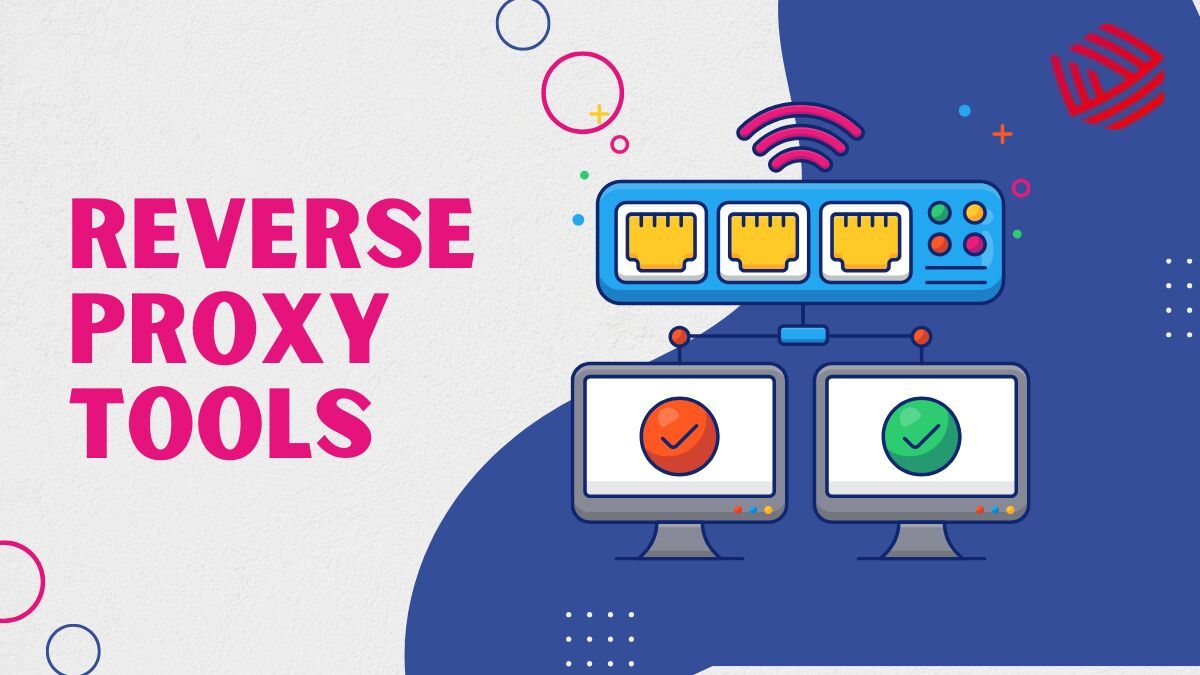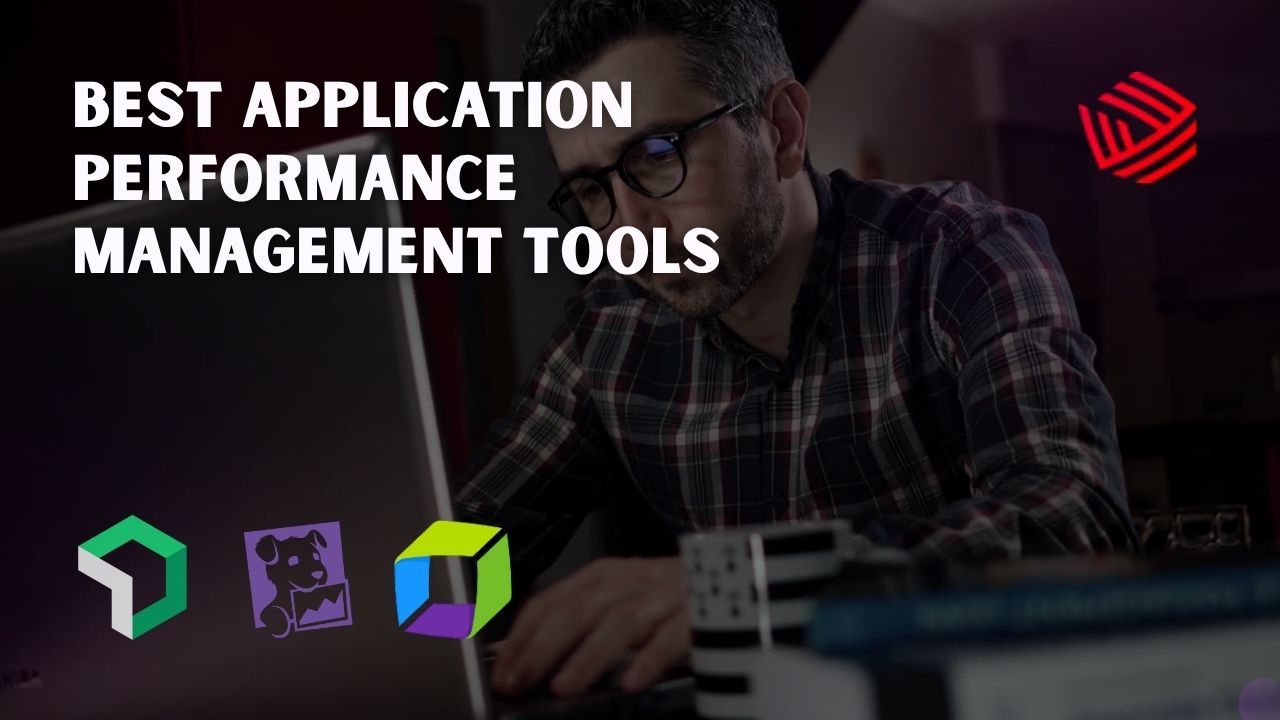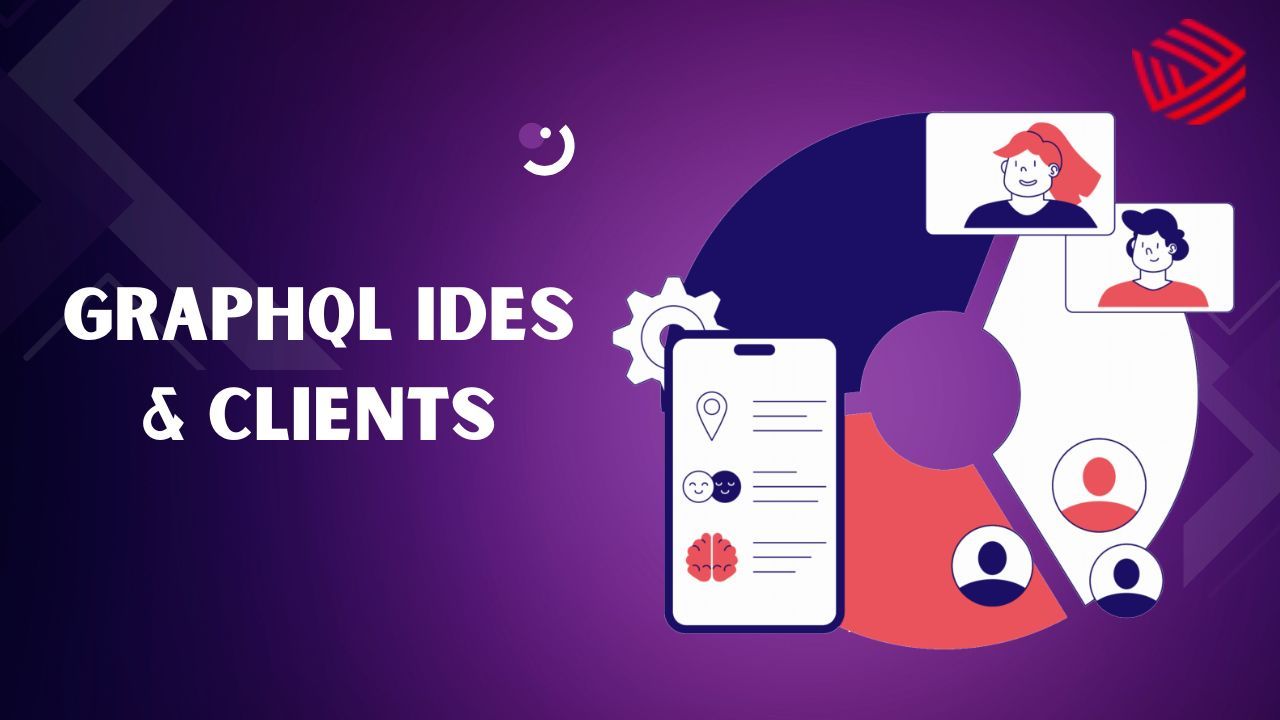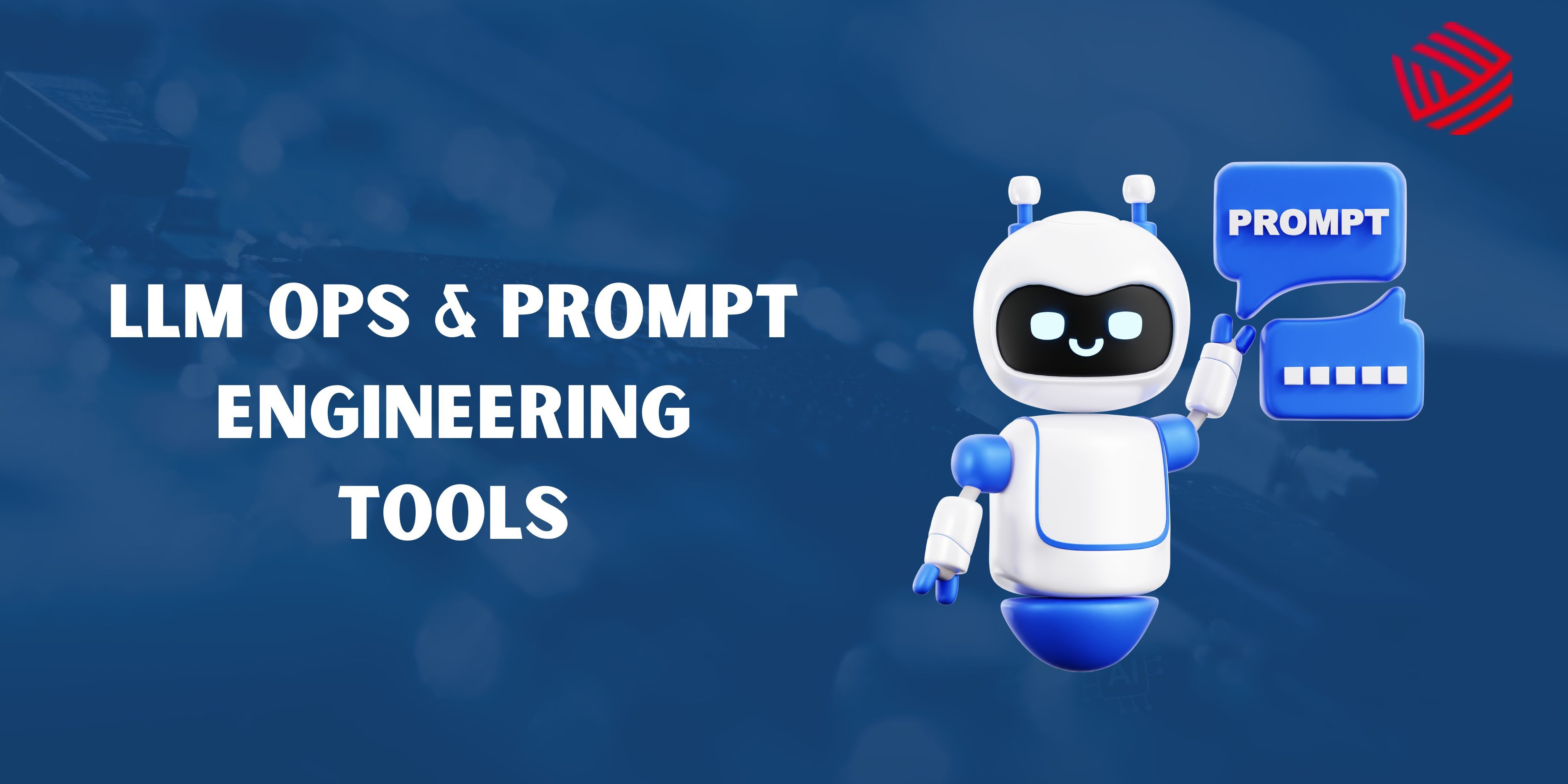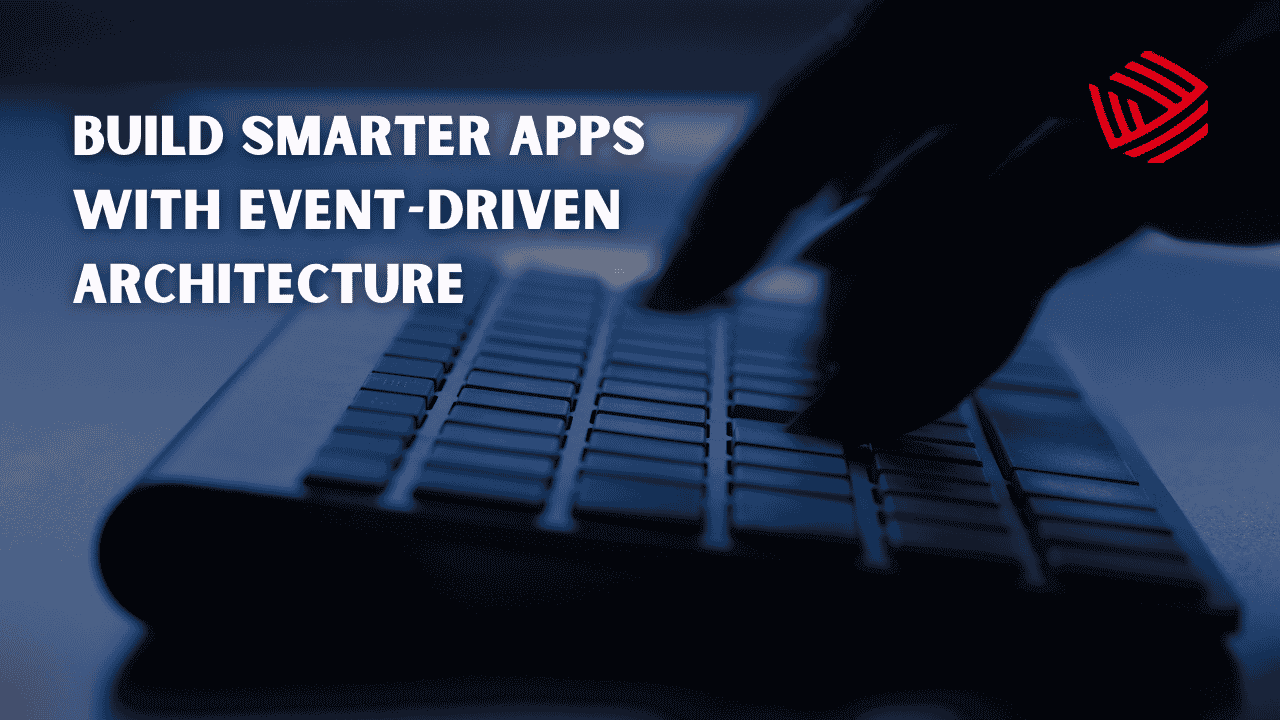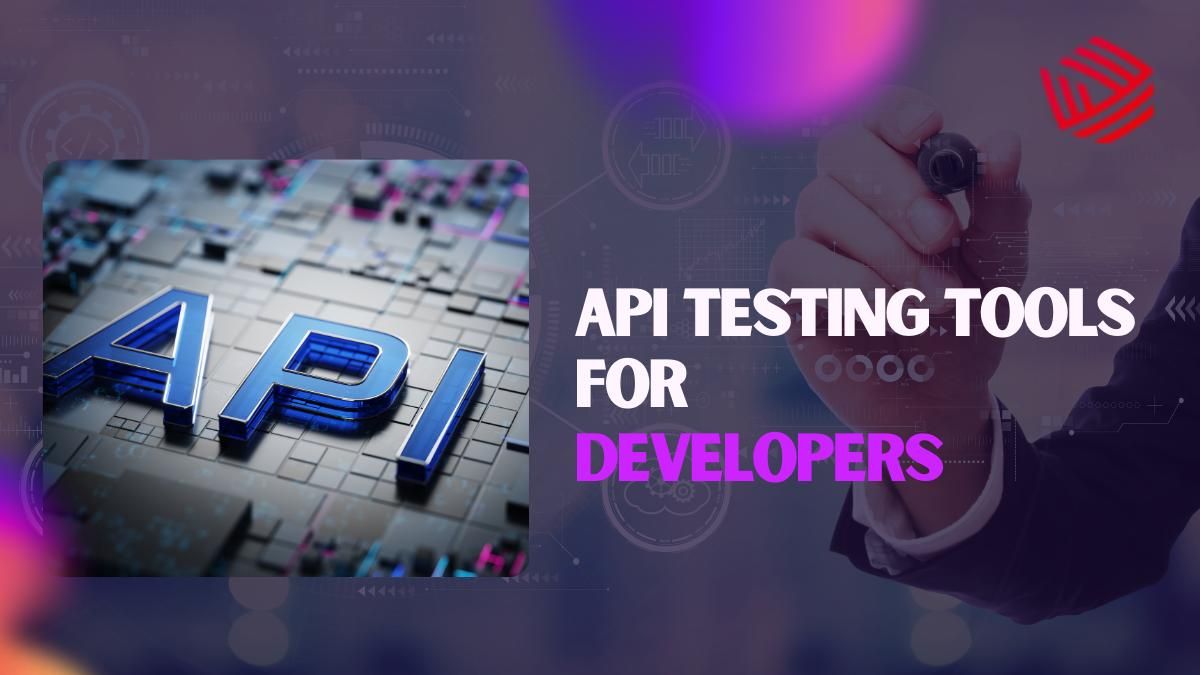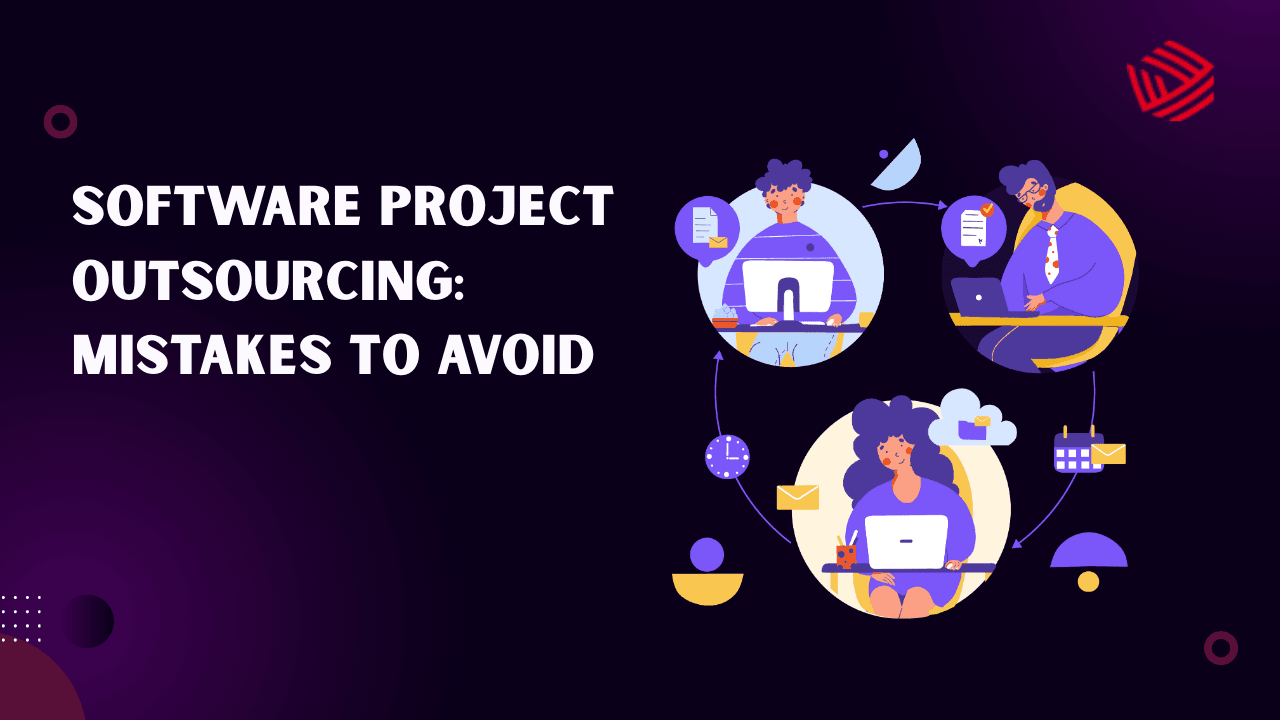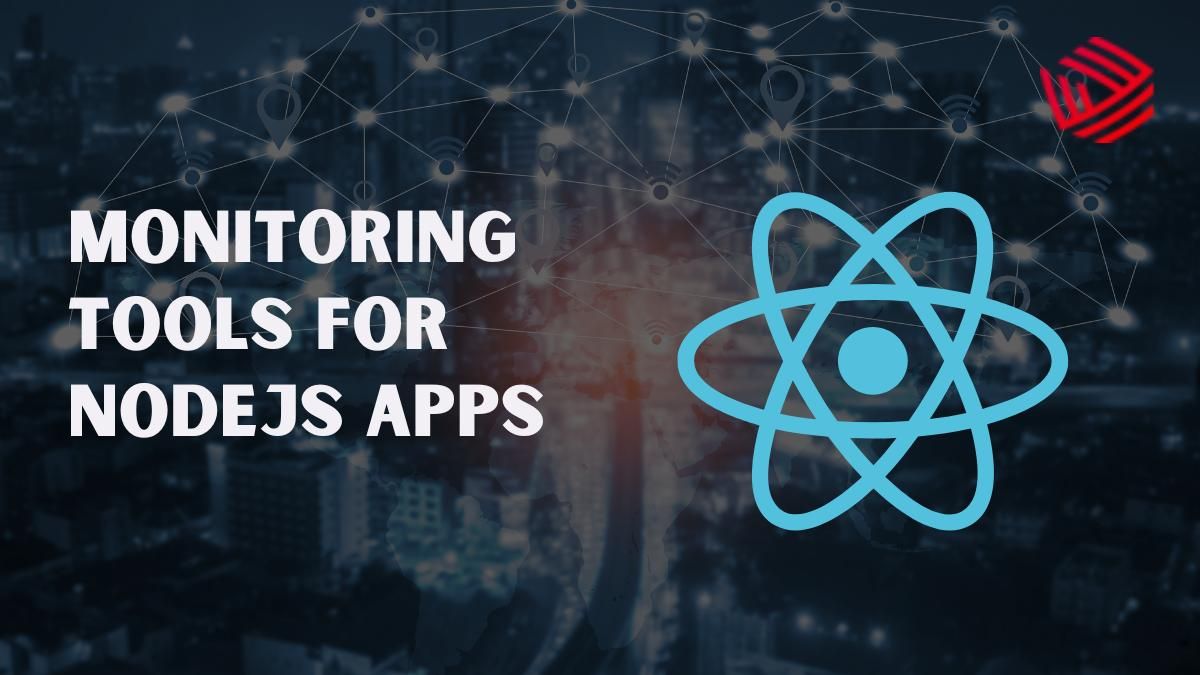In modern DevOps practices, automation is no longer optional — it’s essential. The rapid pace of software development, the complexity of multi-cloud infrastructures, and the demand for zero downtime deployments mean that manual configurations simply don’t scale. This is where configuration management tools like Chef, Ansible, and Puppet play a central role.
Each of these tools enables teams to define, manage, and enforce infrastructure states across servers and environments, ensuring consistency and reliability. But which one is the right fit for your organization? In this blog, we’ll take a deep dive into Chef vs. Ansible vs. Puppet, compare their features, strengths, and weaknesses, and help you make an informed choice.
What is Configuration Management?
Configuration management is the process of maintaining systems, software, and infrastructure in a desired, consistent state. In large-scale environments, this consistency is crucial. Imagine hundreds of servers where one configuration is slightly different — it can lead to application failures, downtime, or security vulnerabilities.
Tools like Chef, Ansible, and Puppet solve these challenges by:
- Automating system setup and deployments.
- Eliminating manual errors.
- Enforcing compliance across environments.
- Supporting scalability across hybrid or multi-cloud systems.
By treating infrastructure as code, these tools let teams define configurations once and apply them repeatedly across servers — saving time and ensuring reliability.
Deep Dive into the Tools
Chef: Infrastructure as Code with Flexibility
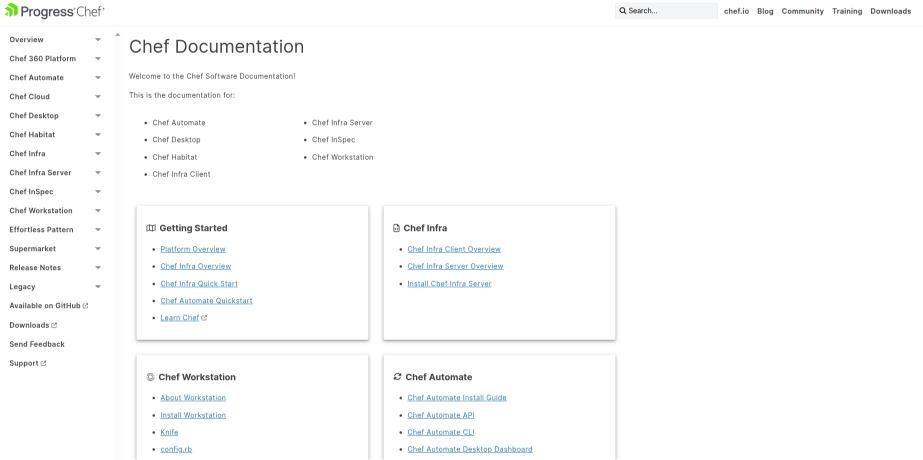
Chef, launched in 2009, was one of the early leaders in configuration management. It takes an infrastructure-as-code (IaC) approach and uses a master–agent architecture, where the central Chef server communicates with agents (Chef clients) installed on nodes.
What sets Chef apart is its use of Ruby DSL for writing “recipes” and “cookbooks” that describe system configurations. This makes it incredibly flexible, but also introduces a steeper learning curve for teams without Ruby expertise.
Key Features of Chef:
- Declarative configuration using Ruby DSL.
- Chef Automate for workflow automation, visibility, and compliance.
- Strong integration with cloud providers like AWS, Azure, and GCP.
- Encrypted data bags for secure credential management.
Best Fit: Enterprises with experienced DevOps teams, particularly those comfortable with Ruby and looking for deep customization.
Ansible: Simplicity with Agentless Design

Ansible, developed by Red Hat, stands out for its simplicity and agentless architecture. Unlike Chef and Puppet, Ansible doesn’t require agents on nodes. Instead, it uses SSH (or WinRM for Windows) to push configurations directly.
Playbooks, written in YAML, define the desired state of systems, making Ansible accessible to a wide range of teams — from sysadmins to developers. Its simplicity and minimal setup have made it the most popular tool among new DevOps teams and startups.
Key Features of Ansible:
- Agentless: communicates over SSH.
- YAML-based playbooks (human-readable).
- Strong support for cloud-native and containerized environments.
- Ansible Tower for enterprise management, RBAC, and dashboards.
Best Fit: Teams seeking quick adoption, simple syntax, and strong cloud integrations. Ideal for smaller teams scaling into hybrid/multi-cloud environments.
Puppet: Compliance and Enterprise-Scale Power
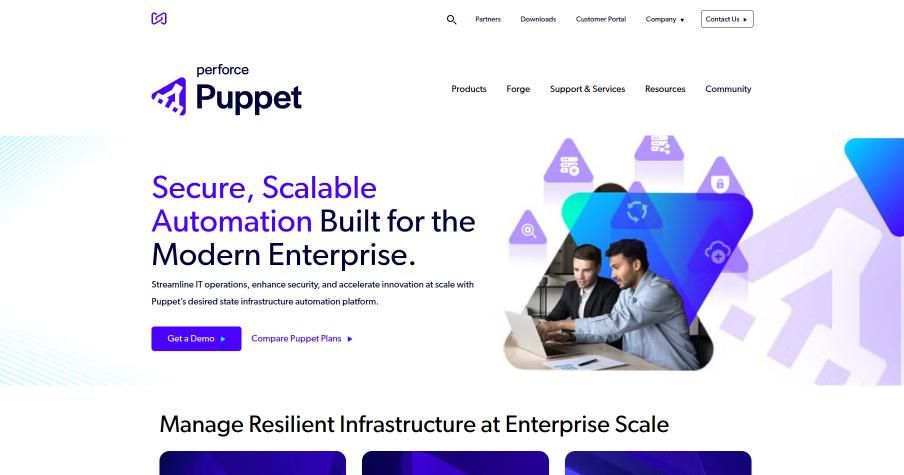
Puppet, one of the oldest configuration tools (2005), pioneered the concept of declarative infrastructure. It relies on a master–agent architecture and its own Puppet DSL to define system states.
Puppet is especially popular in enterprises and government organizations because of its strong governance, compliance, and reporting features. For environments with strict auditing requirements, Puppet provides detailed reporting and role-based access controls.
Key Features of Puppet:
- Model-driven, declarative configuration language.
- Strong compliance and auditing features.
- Puppet Enterprise for GUI management and analytics.
- Large module ecosystem with Puppet Forge.
Best Fit: Enterprises with thousands of nodes that need rigid compliance and auditing.
Head-to-Head Comparison
Feature / Criteria | Chef | Ansible | Puppet |
| Founded | 2009 | 2012 | 2005 |
| Language | Ruby DSL | YAML Playbooks | Puppet DSL (Declarative) |
| Architecture | Master–Agent | Agentless (SSH/WinRM) | Master–Agent |
| Learning Curve | High (requires Ruby) | Low (YAML is simple) | Medium (DSL required) |
| Ease of Use | Complex but powerful | Beginner-friendly | More complex than Ansible |
| Scalability | High with more setup overhead | Moderate (slows with huge infra) | Enterprise-grade, very scalable |
| Community | Strong but niche | Very large, highly active | Mature, enterprise-heavy |
| Enterprise Add-ons | Chef Automate | Ansible Tower | Puppet Enterprise |
| Best Use Case | Complex, customized infra | Simple, fast, cloud-focused | Compliance & governance at scale |
Real-World Use Cases
- Chef Example: A large financial institution uses Chef to customize and enforce highly complex infrastructure configurations across multiple data centers while integrating compliance checks.
- Ansible Example: A cloud-native SaaS startup uses Ansible for provisioning Kubernetes clusters on AWS and managing rolling updates without downtime.
- Puppet Example: A government IT agency uses Puppet to maintain thousands of servers with strict compliance rules, ensuring every update is tracked and auditable.
Pros & Cons
Pros and Cons of Chef
Pros of chef:
- Highly flexible and customizable.
- Mature ecosystem with strong enterprise add-ons.
- Great for hybrid and on-prem environments.
Cons of chef:
- Steep learning curve (Ruby DSL).
- Requires agent installation.
Pros and Cons of Ansible
Pros of ansible:
- Agentless and easy to deploy.
- YAML playbooks make it beginner-friendly.
- Strong community support and cloud-native integrations.
Cons of ansible:
- Slower with very large infrastructures.
- Less advanced compliance features than Puppet.
Pros and Cons of Puppet
Pros of puppet:
- Enterprise-grade compliance and governance.
- Strong support for large infrastructures.
- Huge ecosystem (Puppet Forge).
Cons of puppet:
- More complex setup than Ansible.
- Proprietary features locked in Puppet Enterprise.
Which One Should You Choose?
The choice between Chef, Ansible, and Puppet comes down to your team’s skillset, infrastructure complexity, and business needs:
- Pick Chef if you need maximum flexibility and have Ruby expertise.
- Choose Ansible if you want simplicity, fast adoption, and strong cloud-native support.
- Go with Puppet if compliance, reporting, and scaling across thousands of servers are your priorities.
Remember: no single tool is universally “better” — the best choice depends on your unique environment and goals.
Conclusion
Configuration management is the foundation of modern DevOps. Tools like Chef, Ansible, and Puppet ensure consistency, speed, and compliance across systems. While Ansible shines with simplicity, Chef excels in flexibility, and Puppet dominates in enterprise compliance. At the end of the day, the right choice depends on your team’s expertise and long-term vision. Need help selecting and implementing the right configuration tool? Our DevOps experts can guide you through strategy, setup, and scaling.
The comparison between Chef, Ansible, and Puppet is less about which tool is objectively “better” and more about which one fits seamlessly into your existing ecosystem. Consider your team’s expertise, the complexity of your infrastructure, and the level of governance you require. By matching these factors with the strengths of each tool, you’ll not only streamline configuration management but also lay a stronger foundation for future scalability and innovation.



